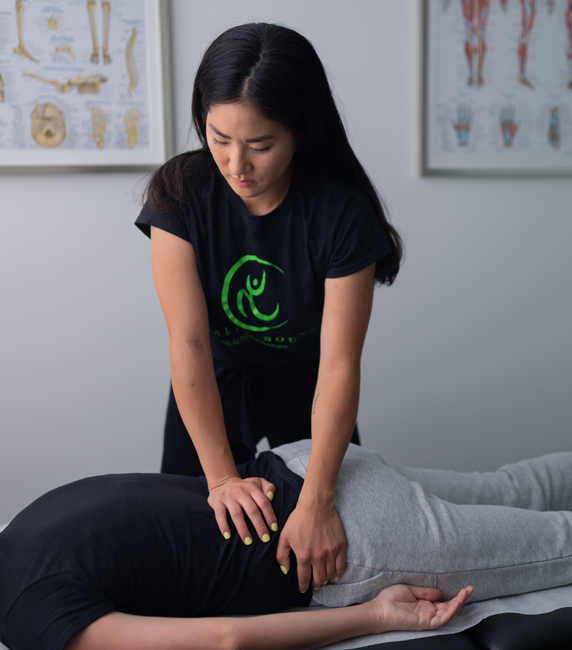Chiropractic care is a patient-centered, non-invasive, hands-on, regulated health care profession focused on your spine, muscles, joints, and nervous system. Chiropractors use the best available evidence and clinical expertise to diagnose issues that affect your body’s movement. Then, they treat them without medication or surgery and prevent them from returning. As a result, chiropractic care can promote health, improve quality of life, and alleviate pain.
Doctors of chiropractic, called ‘chiropractors,’ are experts in the spine, muscle, joint and nervous system. Every chiropractor receives around eight years of post-secondary academic and clinical education. They are trained in how to evaluate, diagnose, recommend and deliver a treatment plan that manages issues within these systems according to your preferences. A chiropractor’s education also includes courses in radiology, pain management, prescribed exercise, and rehabilitation, among others.
Each chiropractor is uniquely qualified to evaluate your condition and identify what’s causing your pain. Then, based on the best available evidence and their clinical expertise, your chiropractor will work with you to determine the best treatment to relieve your pain. They will also help prevent it from returning and restore your mobility.
And in Ontario, you can visit a chiropractor without a doctor or other health care professional referral.




